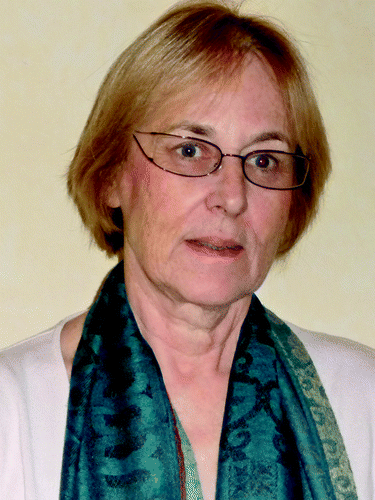Figures & data
About Dr Martine Applanat Dr Perrot-Applanat obtained degrees at the University of Paris and from Ecole Normale Superieure in Physiology-Biochemistry. She received her PhD in Endocrinology from the University of Paris in 1981. Under the supervision of Professors E.E. Baulieu and E. Milgrom, she studied the mechanism of action and physiopathology of estrogen and progesterone receptors. In 1993 she joined the Professor P. Kelly lab as senior researcher in the field of prolactin receptors. Dr Perrot-Applanat joined the CNRS in 1977, where she is now Directeur de Recherche since 1988. After her participation to the first Gordon Conference on Angiogenesis in 1994, Dr Perrot-Applanat developed her team “Angiogenesis and Hormones” with the support of the Fondation de Recherche Medicale. Dr Perrot-Applanat began working on angiogenesis in the human endometrium, demonstrating that estradiol and progesterone modulate VEGF expression. In 2002, she demonstrated that VEGF 189, a spliced isoform of VEGF-A, was specifically expressed in endometrial decidual cells during the secretory phase of the menstrual cycle, pointing out the importance of VEGF isoforms in physiological angiogenesis. She has also focused on early angiogenesis in breast tumors, studying the role of estrogens, agonists and antagonists. She has recently demonstrated that different VEGF-A isoforms may have specific roles on adhesion, proliferation and survival of tumor cells. This finding was exploited to analyze the mechanisms that mediate autocrine functions of VEGF-A on tumor cells. More generally, understanding the mechanisms that mediate autocrine and paracrine VEGF-A signaling is of primary importance due to the growing therapeutic use of cancer inhibitors.
